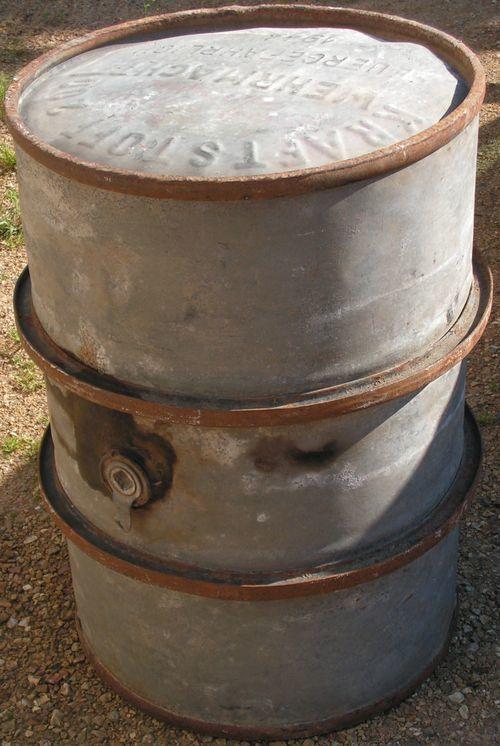
BRENT IS DOWN 13%

There was a time when headlines about jets bombing Middle Eastern refineries would have sent oil prices soaring.
Granted, Islamic State's facilities aren't exactly world class. But it is telling that such violence is doing little to lift the price of crude. Brent is down 13% this year and looks set to post its weakest yearly average price since 2010, before the Arab Spring really got going.
The big culprit for this disconnect is shale. U.S.-led growth in oil output from the industrialized world since the start of 2011 offsets supply disruptions in the Organization of the Petroleum Exporting Countries, according to Citigroup.
It isn't just the output boom, though. Fuel-efficiency gains are just as important. Since 2007, U.S. oil output has risen by about 3.2 million barrels a day. But consumption of oil per dollar of real gross domestic product has dropped by 16%, implying savings of 3.3 million barrels a day.
The U.S. factor leaves oil bulls relying on two other big levers to tighten the market: Chinese demand and supply cuts, with hopes of the latter centering on Saudi Arabia. Neither can be counted on for now.
China has disappointed this year, and the International Energy Agency sees oil demand there rising by just 2.4%, or 242,000 barrels a day. That would be the slowest growth since the crisis year of 2009.
Against this, China has in recent years been building its strategic petroleum reserve, helping support oil prices. However, this is an opaque and lumpy factor on which to base a bull argument. And if Beijing is aware that its own purchases are propping up oil prices, it has an incentive to wait and let them drop further.
With Saudi Arabia, the question is whether it will keep its prices high, thereby limiting demand for its oil, or try to maintain market share. As energy economist Phil Verleger points out, Russia has overtaken Saudi Arabia as the world's largest oil exporter. If the latter maintains high prices, a de facto supply cut, it risks a classic free-rider problem of rival producers taking market share. And Saudi Arabia is already seeing this happen in its increasingly important Asian markets as Russia signs oil agreements with China; West African producers, squeezed out of North America by shale barrels, are also looking east.
Saudi Arabia enjoys a relatively low break-even oil price to balance its budget: just $89 a barrel this year, Citi estimates, compared with $105 for Russia. Brent has averaged $107 so far, so Riyadh can afford to wait.
It has other incentives to do so. One involves preserving goodwill with the U.S., whose air force is doing the heavy lifting against the existential threat of Islamic State.
Another is to let prices drift lower a bit to squeeze the competition—what John D. Rockefeller used to call a "good sweating" when Standard Oil ruled the market. Just last week, Norway's Statoil became the latest oil major to shelve a high-cost Canadian oil sands project.
For Saudi Arabia, trying to preserve the long-term value of its vast oil reserves, prioritizing market share right now makes sense. Such pragmatism won't help oil bulls seeking a rebound this year.
wsj.com





